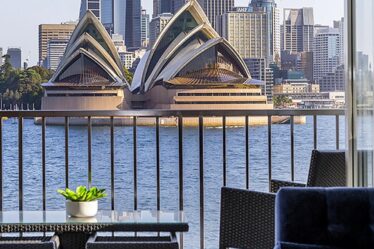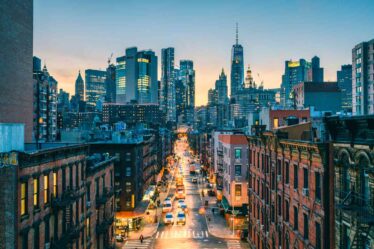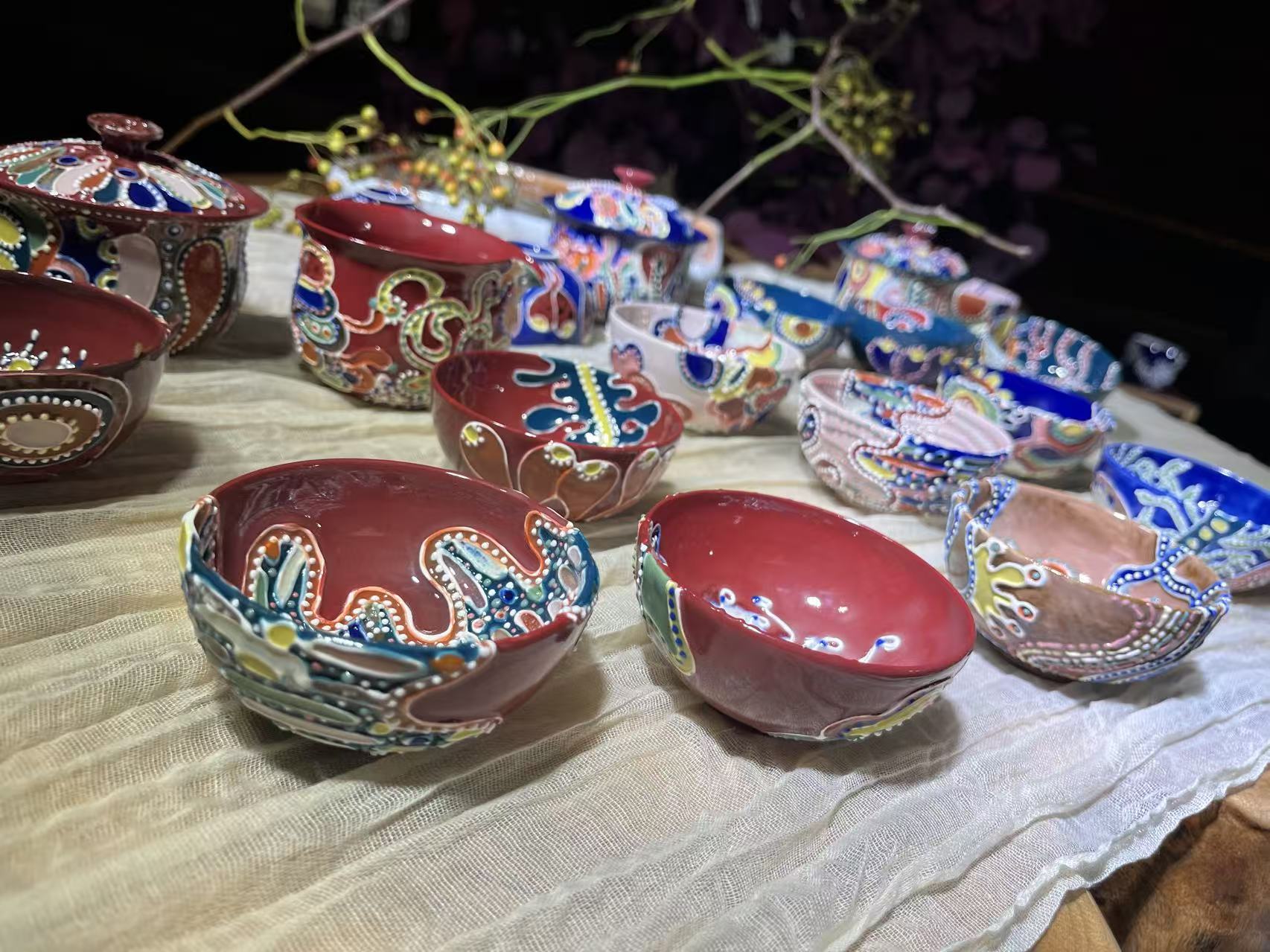
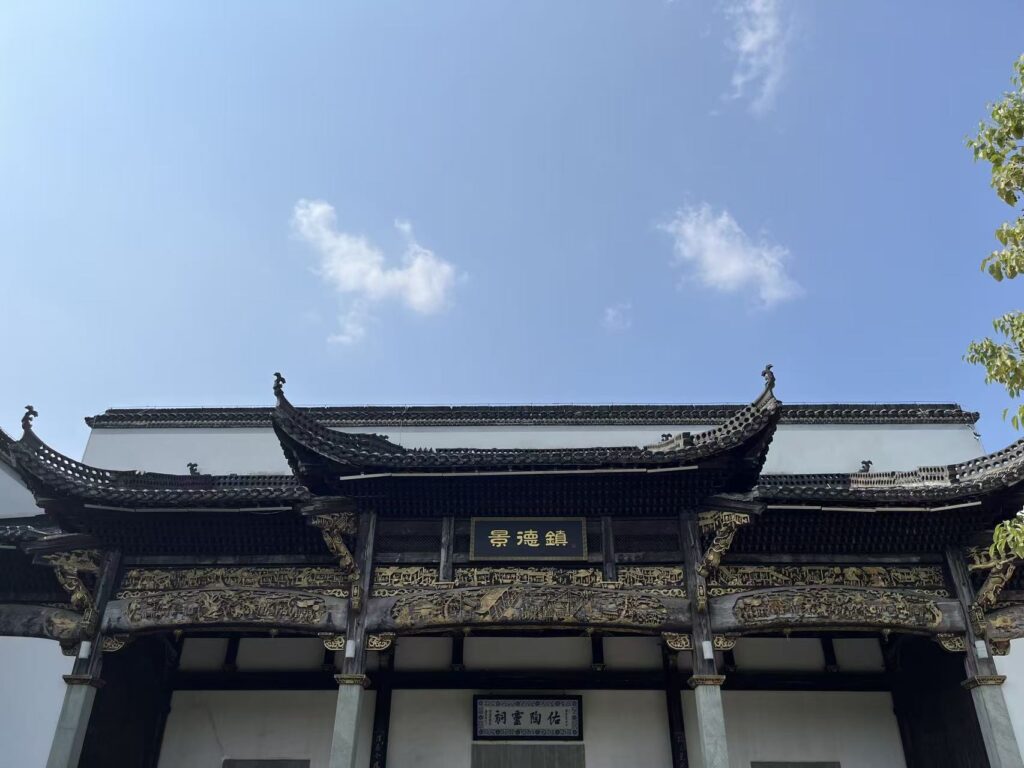
Jingdezhen is a city renowned for its ceramics, and its history, art, and daily life are closely linked to ceramics. If you are planning to visit this’ porcelain capital ‘, this guide covering attractions, itinerary, cuisine, and practical tips should help you create an unforgettable journey.
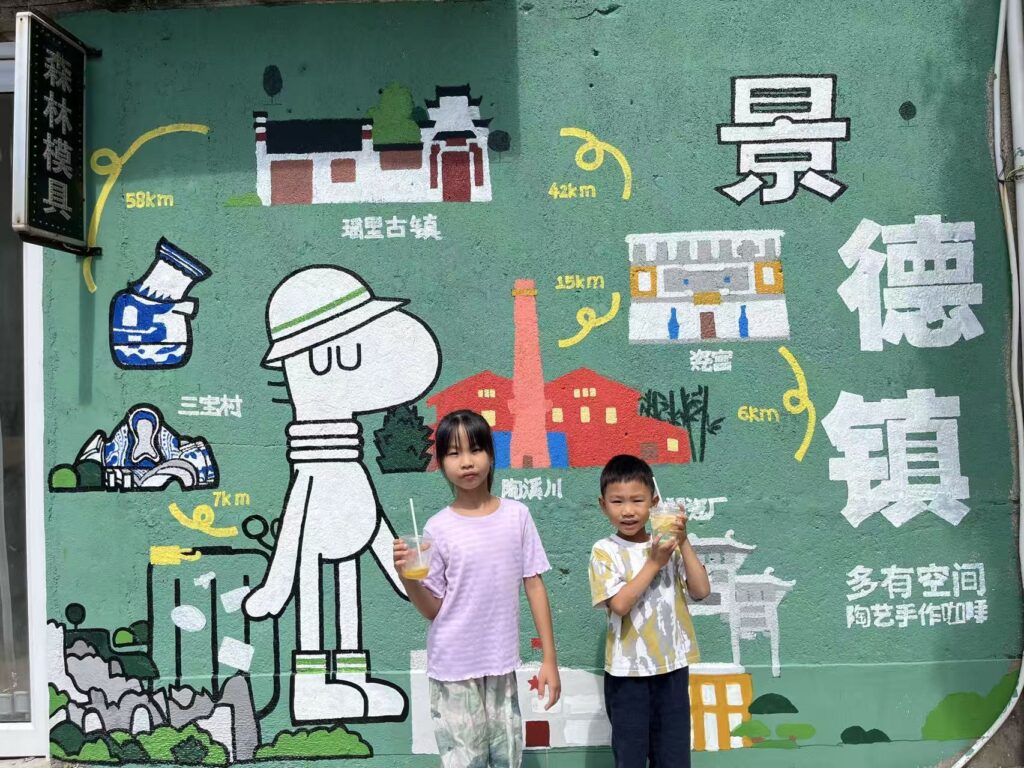
🏺 Jingdezhen Tourism Guide
✨ Highlights of the Itinerary
·Millennium kiln fire and royal heritage: Explore the history of porcelain production specifically for the imperial court in the ruins of Ming and Qing imperial kiln factories and ancient kilns that have been re fired for generations, and feel the temperature of kiln fire that has lasted for thousands of years.
·Art settlement and creative market: shuttle through art spaces that blend old and new, such as Taoxichuan and Sanbao Village, and select desired items in the cultural and creative market full of design sense.
·Touching the temperature of the soil with your own hands: Experience handmade projects such as casting and blowing glass in studios throughout the city, and create unique ceramic memories with your own hands.
·Coexistence of Porcelain and Common Fireworks: In the morning, admire priceless national treasures in museums, and in the evening, walk into the streets and alleys to taste a bowl of spicy and satisfying cold noodles, experiencing the unique temperament of this city’s elegance and down-to-earth atmosphere.
📌 Basic Information
Project Information
Suggested playtime of 2-3 days (covering core cultural attractions and basic handmade experiences)
Core Experience Ceramic History, Museum, Handmade Experience, Creative Market
The best seasons are spring (March May) and autumn (September November), with pleasant climate and suitable for travel.
The consumption reference ceramic experience is about 80-150 yuan/time, ceramic market shopping is 50-300 yuan/piece, and most museums are free.
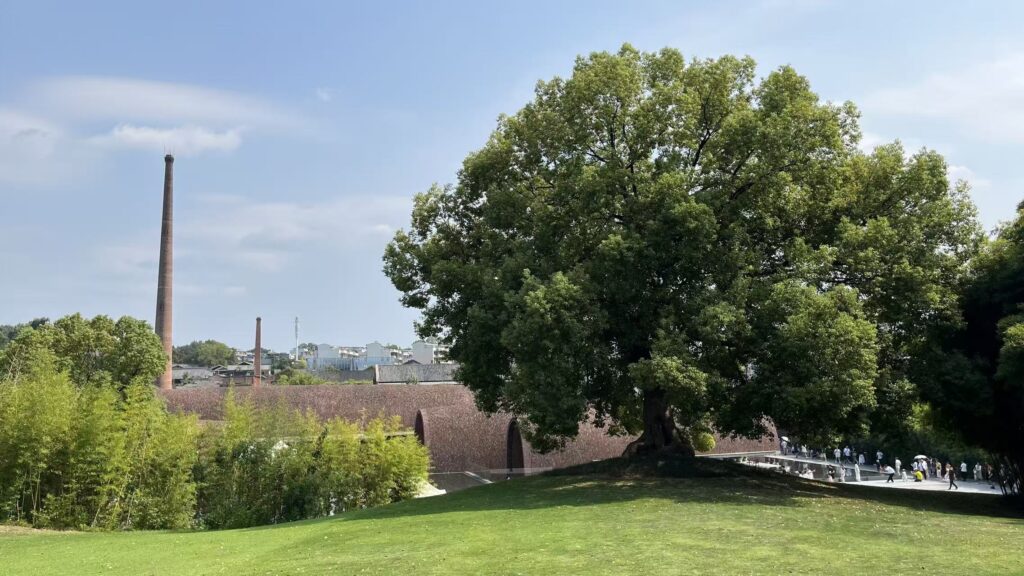
🗓️ Travel itinerary
You can arrange your itinerary based on the time you have and refer to the following ideas:
flowchart TD
Start [Jingdezhen itinerary planning] -->Choice {duration of visit}
Choice -->A [2 days and 1 night]
Choice -->B [3 days and 2 nights]
Subgraph A [2-day, 1-night core tour]
direction TB
A1 [Day1: Classic of the City<br>Imperial Kiln Museum+Taoxi River] -->A2 [Day2: Folk Customs and Handicrafts<br>Ancient Kiln Expo Area+Sanbao Village]
end
Subgraph B [3-day 2-night in-depth tour]
direction TB
B1 [Day1: Ceramic History<br>China Ceramic Museum+Royal Kiln Factory] -->B2 [Day2: Art Village<br>Porcelain Palace+Hanxi Village+Yaoli]
B2-->B3 [Day3: Handmade Experience<br>Sanbao Village or Sculpture Porcelain Factory]
end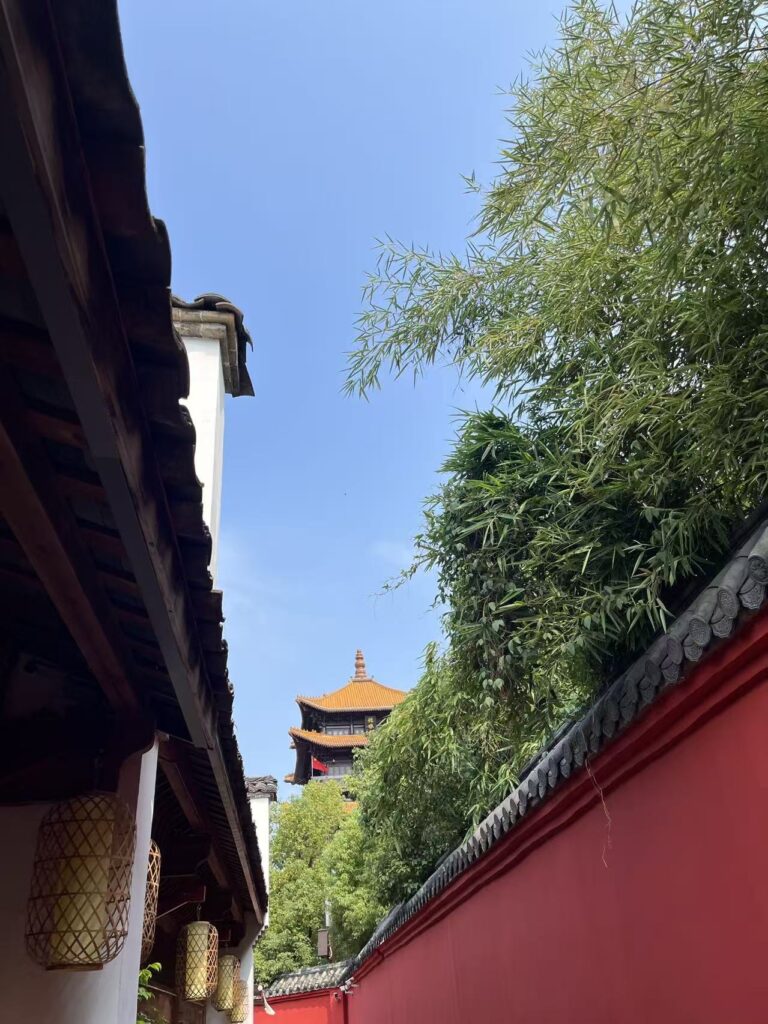
🏙️ Classic City Tour (2 Days and 1 Night)
This itinerary is suitable for travelers who have a tight schedule and hope to quickly experience the core of Jingdezhen ceramic culture.
·Day 1: Ceramic History and Modern Creativity
·Morning to afternoon: Explore the Imperial Kiln Factory National Archaeological Site Park and its Imperial Kiln Museum. The red brick arched buildings here are excellent photo backgrounds, and the museum displays precious cultural relics unearthed from the site.
·Evening to evening: Go to Taoxichuan Cultural and Creative District. The neighborhood renovated by the old porcelain factory has a particularly atmospheric atmosphere under night lights, and the Friday to Sunday market is a great place to select works by independent designers.
·Day 2: Traditional Folk Customs and Art Village
·Morning: Visit the Ancient Kiln Folk Customs Expo Area. Here is a collection of ancient kilns from the Song Dynasty to the Qing Dynasty, and visitors can also watch non heritage masters showcase their porcelain making skills on site.
·Afternoon: Immerse yourself in Sanbao International Pottery Village. There are various art studios, internet famous cafes, and art museums scattered here, where you can find a studio to experience pottery making.
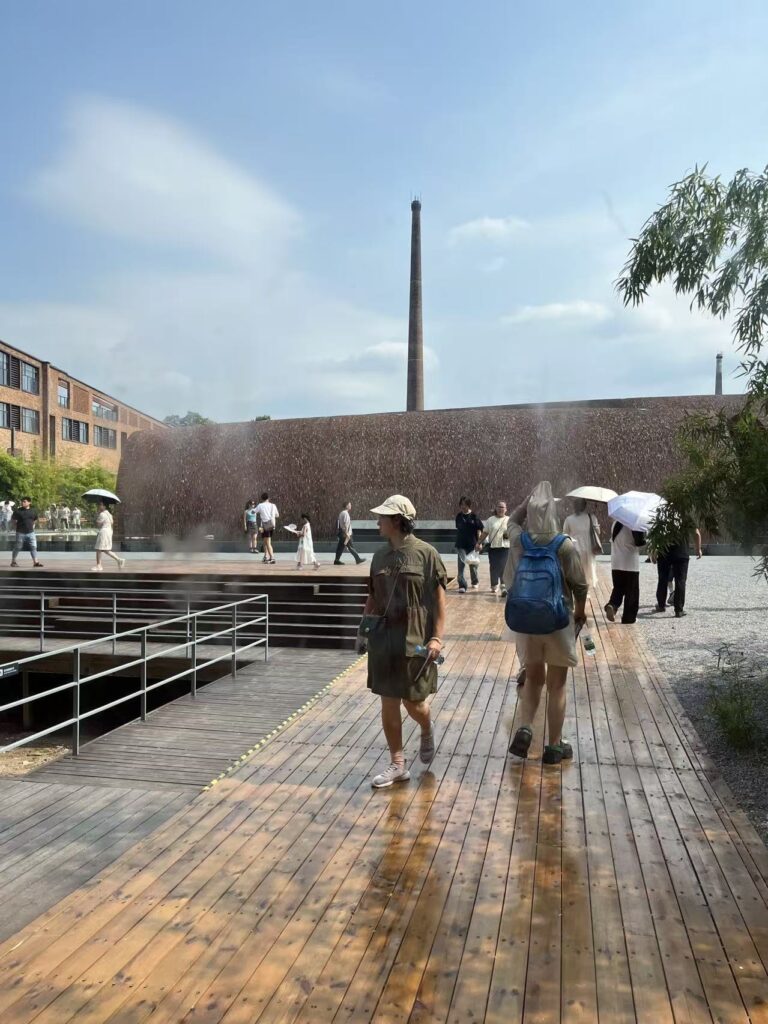
🌿 Cultural depth tour (3 days and 2 nights)
On the basis of classic city tours, this itinerary has added surrounding art installations and ancient towns, providing a more diverse experience.
·Day 1&2: The arrangement is basically the same as Day 1 and Day 2 of the “Classic Tour of the City”, which allows for a more relaxed tour.
·Day 3: Art Installation and Millennium Ancient Town
·All day: charter a car or join a group to go to the suburbs. The main destinations include:
·Porcelain Palace: A dreamlike palace crafted by an octogenarian using tens of thousands of pieces of porcelain, perfect for photography.
·Hanxi Village: It has a large tea mountain and the “Earth Lamp” art installation, with a broad view.
·Yaoli Ancient Town: A millennium old town that offers free admission, where you can stroll along the Yaohe Ancient Bridge and experience the tranquility of the Jiangnan water town.
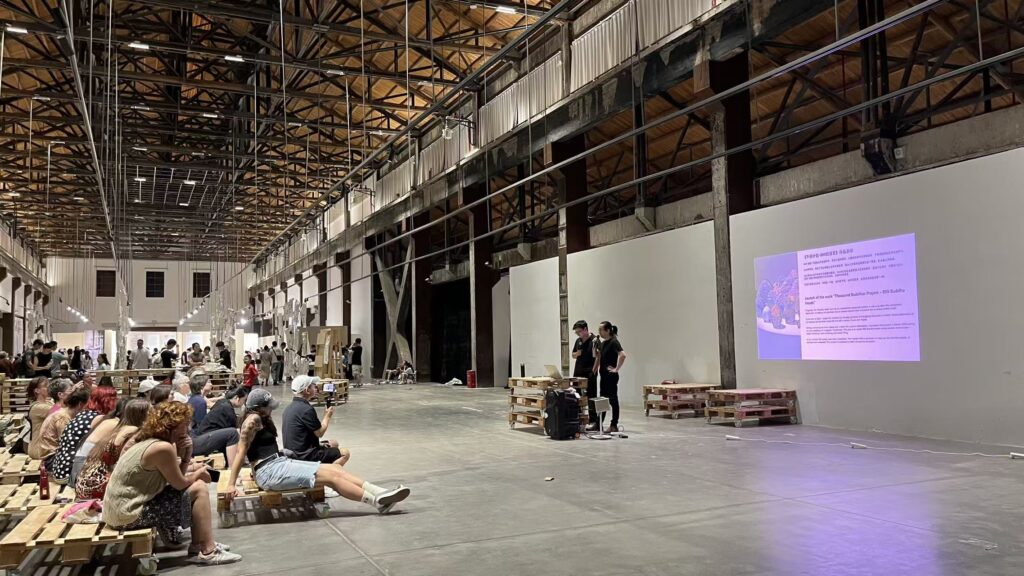
🗺️ Detailed explanation of main attractions
Museums and Historical Sites
·Imperial Kiln Museum: Must visit! The building itself has a strong sense of design, with multiple red brick arch structures inspired by traditional firewood kilns. The collection mainly comes from archaeological discoveries at the Ming and Qing imperial kiln factory site. Evening blues time and nighttime are excellent times for taking photos. Free, but advance reservation is required.
·China Ceramic Museum: A place to systematically understand the development history of Chinese ceramics, with a rich collection covering everything from the Five Dynasties celadon to the Yuan Dynasty blue and white porcelain. The internet celebrity ‘Silent Buddha’ sculpture is also located here. Free, it is recommended to go in the morning to avoid crowds.
·Royal Kiln Factory National Archaeological Site Park: The royal kiln factory site dedicated to the production of palace porcelain during the Yuan, Ming, and Qing dynasties is an important basis for studying ancient Chinese porcelain making techniques. The Dragon Ball Pavilion in the park is a scenic spot that overlooks the old city from a high altitude.
Art district and market
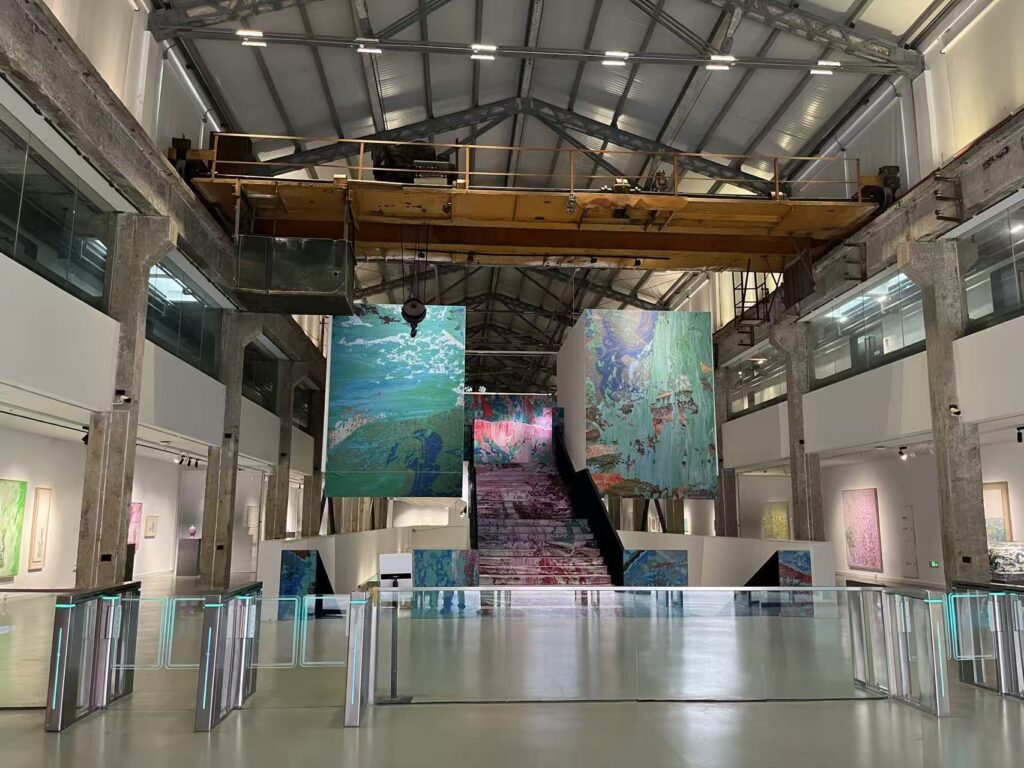
·Taoxichuan Cultural and Creative District: A modern art district transformed from an old porcelain factory, featuring red brick factories, industrial style chimneys, and modern art installations. There is a cultural and creative market from Friday to Sunday evenings, where you can find many works by young designers. The atmosphere is full when the lights are on at night.
·Sanbao International Pottery Village: an art village hidden in the mountains and wilderness. Recommended check-in spots include the ceramic exterior walls of the Sanbao Peng Art Museum, the Bukken Mountain Cafe filled with Japanese Wabi sabi aesthetics, and the 9494 aesthetic space where you can taste kiln baked pizza. Suggest renting an electric car for roaming.
·Sculpture Porcelain Factory: The Lotte Market here is very lively every Saturday morning and is a great place to shop for creative ceramics. There are also many studios in the park that offer pottery experiences.
Folk customs and handicraft experience
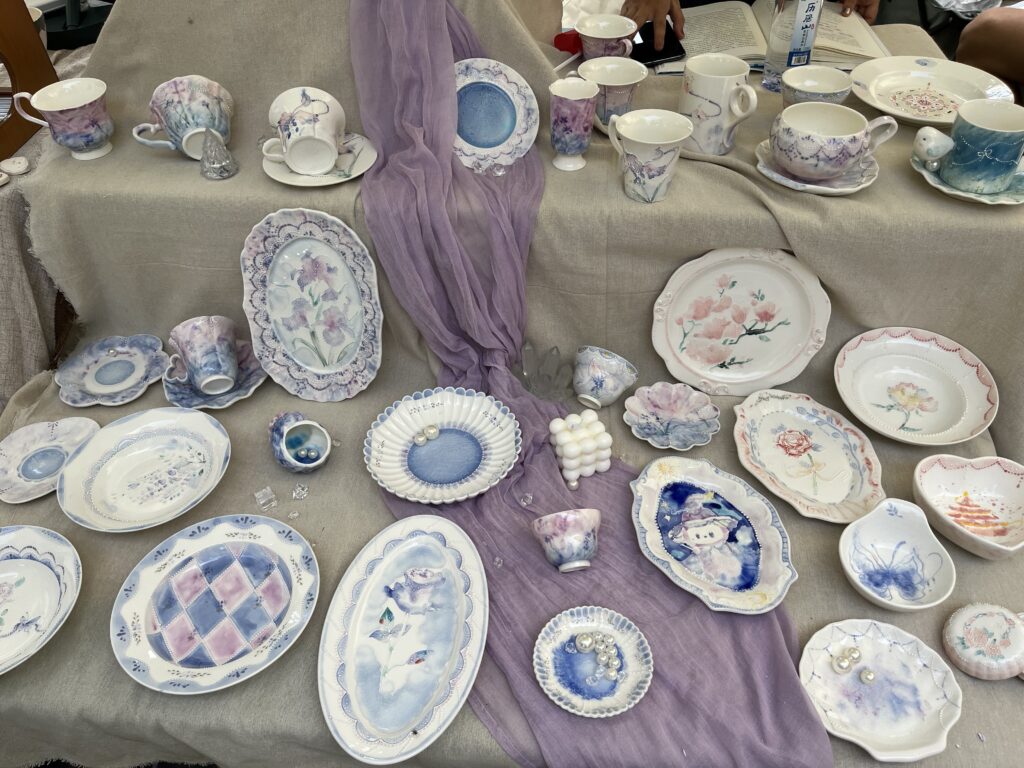
·Ancient Kiln Folk Customs Exhibition Area: This is a “living” museum that provides an understanding of the ancient porcelain making process. You can see ancient kilns from the Song Dynasty to the Qing Dynasty, and there are intangible cultural heritage inheritors demonstrating skills such as pulling and shaping on site. You can also pay to participate in ceramic production.
🍜 Food and shopping recommendations
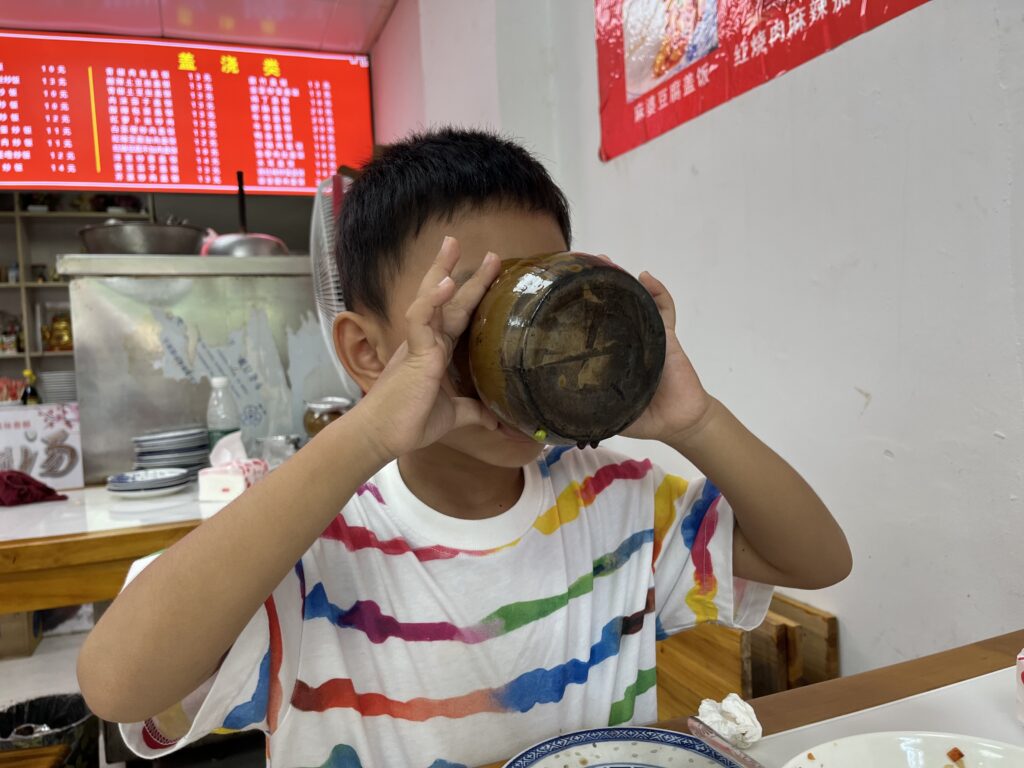
Must try delicacies
The cuisine in Jingdezhen is mainly Gan cuisine, with a spicy taste. Here are some not to be missed choices:
·Cold noodles: Jingdezhen special breakfast, thick Rice noodles mixed with spices and orange peel, hot and delicious. Recommend ‘Tao Jie Cold Powder’.
·Deep-fried dough sticks wrapped with glutinous rice: crispy deep-fried dough sticks wrapped with soft glutinous rice, and then wrapped with black sesame sugar powder, with rich taste. Fuzhou Nongkou is a popular check-in spot.
·Porcelain clay boiled chicken/simmering soup: Put chicken or soup into a clay pot and simmer, the meat is crispy and tender, and the soup flavor is rich.
·Local restaurants: The porcelain clay braised chicken at the “Go Home for Dinner” restaurant and the new-style Gan cuisine at the “Aunt Hui Restaurant” are highly praised by tourists and locals.
Shopping and souvenirs
·Taobao porcelain:
·Pursuing design sense: Go to Taoxichuan Market or Lotte Market on Saturday mornings.
·Pursuing cost-effectiveness: You can go to a sculpture porcelain factory or the Guomao ceramic market.
·Featured food souvenir: “Ji Ke” floating red peach pastry, with a strong tea flavor, crispy and flaky.
⚠️ Practical travel tips
·Transportation: Jingdezhen city is not large, and the cost of taking a taxi between scenic spots is not high. You can consider renting an electric car to go to Sanbao Village, while it is recommended to charter a car to go to suburban areas such as Cigong and Yaoli, with a price of about 300 yuan/day.
·Accommodation:
·Surrounding Taoxi River: Convenient transportation, rich nightlife, suitable for photo taking and market shopping, with many hotel options.
·Sanbao Village: Many of them are characteristic homestays with a quiet and peaceful environment, suitable for artistic youth who like quietness and nature.
·Avoiding pitfalls guide:
·When shopping at the ceramic market, please compare prices from three different sources and pay attention to distinguishing between machine molded products and genuine handmade pottery.
·Popular museums such as the Imperial Kiln Museum and the Chinese Ceramics Museum must be reserved online in advance.
·Before participating in pottery experience, it is recommended to check the reviews on platforms such as Xiaohongshu or Dianping, choose a reputable institution, and confirm whether the fees are transparent and include firing and shipping costs.
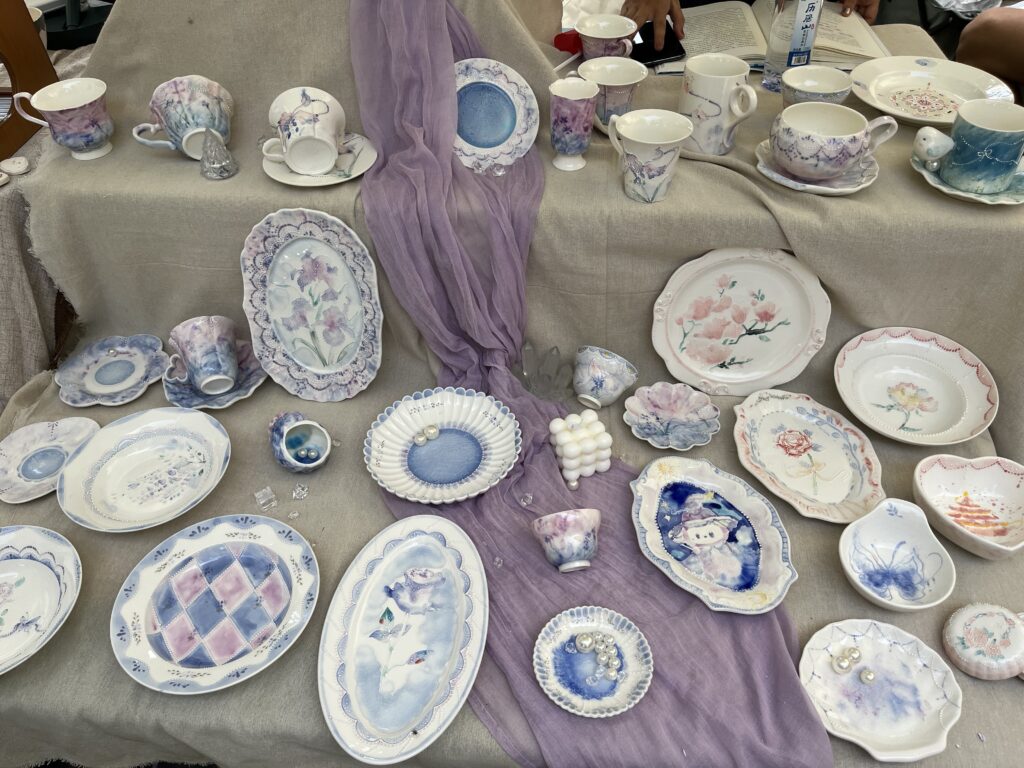
I hope this guide can help you fully experience the unique charm of Jingdezhen, the millennium porcelain capital. I wish you a journey full of ceramics and beautiful memories!


